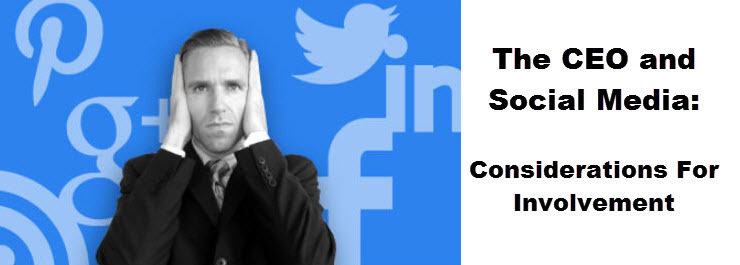If you’re looking to get maximum return on your time and marketing investment in social media, it’s helpful to start by picturing what your desired end result will be.
- Are you looking to boost traffic to your site?
- Are you trying to attract leads for an email list or offer?
- Are you trying to engage your users and get them involved in the comment section?
- Are you creating brand awareness?
Once you have your desired result in mind, there are a few steps you can take to maximize it.
Now, you can consider the following tips about common areas the best marketers focus on improving.
(1) Finding your target audience
A good way to do this is to develop a “buyer persona”: a complete picture of your ideal follower, including their demographics, hobbies, how they use social media, what books they read, and what other forums they use. You can use this to publish content that speaks directly to your target audience.
(2) Social media tactics
Consider the timing of your posts. For business-themed material, posting on Friday afternoon won’t work. Likewise, posting fun or leisure-related content on Monday morning is a recipe for no response. You can experiment to find the ideal timing for making your posts. Think about what your ideal user’s daily schedule is like, and adapt your posts accordingly. For a B2B networking platform like LinkedIn – the best times are found between 10a-11am Tuesdays. (study from addthis best times to post study)
Focus on getting users to opt-in to your email list or go to your site. This will help to build your own platform, and make you less dependent on whatever social media platform is the most popular at the moment. Facebook offers on-site tools such as Facebook Connect to help with this.
For Twitter, repeat the same post at least 2 or 3 times. This will increase its visibility.
(3) Engaging your audience
Converse with, not at, your audience. One way to do this is to imagine you are writing directly to a single, ideal, follower. You can read aloud your work after finishing it, imagining your follower is sitting across from you, to test if it sounds like something you would actually say.
Ask for comments or interaction, and start or end the article with a question. If possible, reply to all comments. This will create a personal connection between you and your prospects, and result in lifelong fans and buyers. These comments will in turn give you valuable intel on your followers and how they are thinking about your content.
(4) Measuring the effectiveness of your approach
Knowing your desired end result is key here. With this in mind, you can test different approaches to triggering higher response.
(5) Managing your social media
You can use a number of free and paid tools to help with this. The free app Everypost lets you submit a single post to each of your social media accounts. Bitly, another free app, provides tracking information. Paid apps give you more in-depth, real-time tracking and recommendations. CrowdBooster and HootSuite are two of the most popular and effective paid apps.
If you take this advice and put it into action, you will be on track towards a higher response generating social media presence. Don’t forget to focus on the basics, though. Treat your professional social media accounts differently from personal media accounts, and always post with your followers, not you, in mind.
If you are working in corporate or team settings, here are some additional ideas for social media for teams.
Please share this article if you liked it.


















